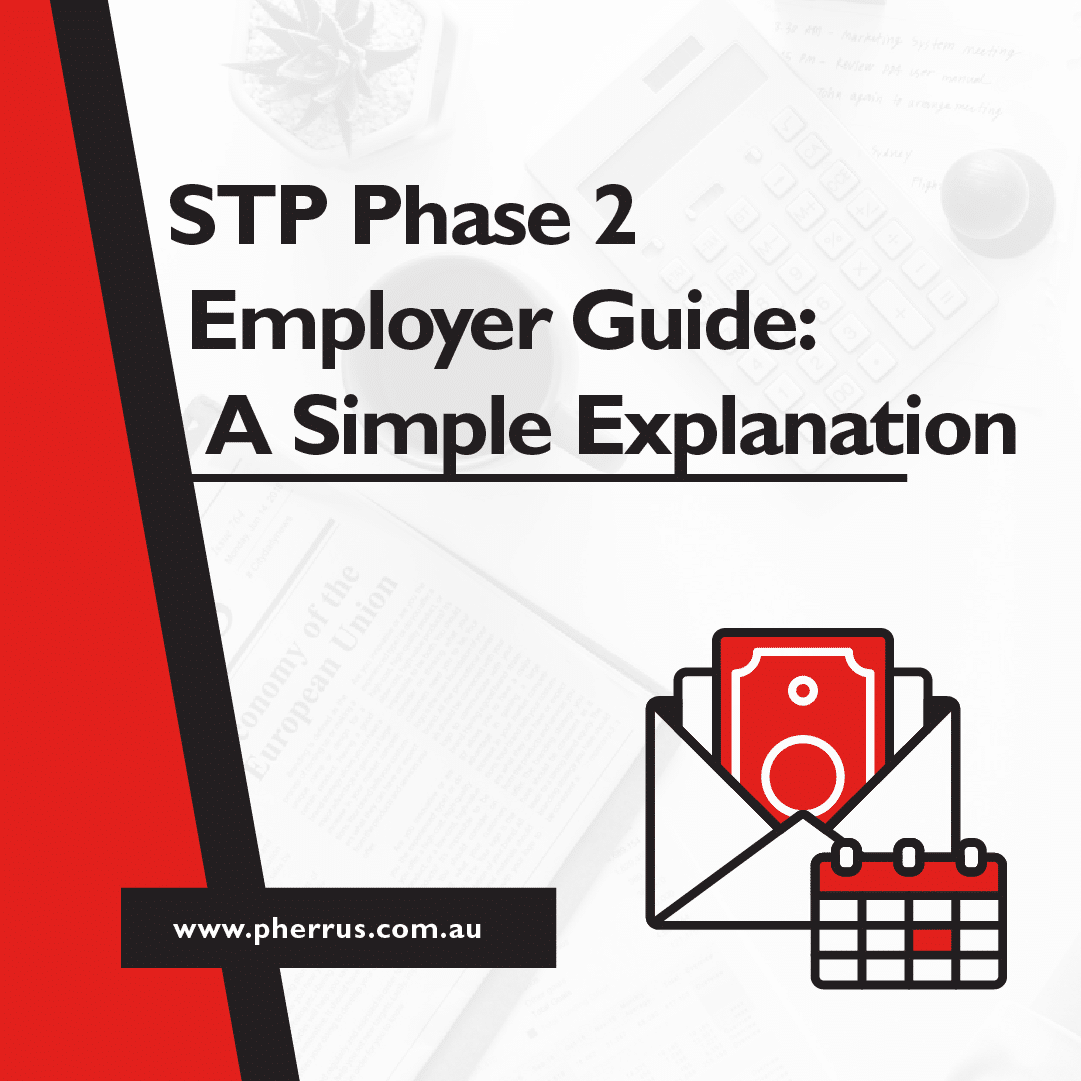Imagine scrolling through a seemingly endless list of job postings, your eyes almost glazing over from the repetitiveness of them all.
Each one is offering the same thing- a decent salary and standard holiday time.
But suddenly, one stands out from the pack!
It’s offering much more. A laundry list of perks- accommodation, a company car, discounted loans, food, drink, parking, and tuition assistance.
These enticing provisions are examples of fringe benefits and are a major part of what makes some job offers irresistible.
In this guide, we’ll look at 10 of the most common examples of fringe benefits and what they can mean for you!
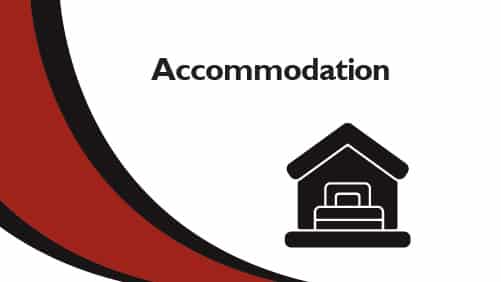
Accommodation
Accommodation as a fringe benefit involves an employer providing an employee with a place to live.
What accommodation classifies as an example of this fringe benefit?
A house or apartment generally provided either free of charge or at a significantly reduced rate qualifies.
Such arrangements particularly benefit employees transferred or recruited to work in high-cost areas.
There are some important rules and limits that apply to accommodation fringe benefits.
- Fringe Benefits Tax (FBT): Employers may need to pay tax on the value of the accommodation provided.
- Record keeping: Employers must keep thorough records of the accommodation provided for tax reporting.
- Living Away From Home Allowance (LAFHA): If an employee lives away from their usual residence for work, they might be eligible for this allowance, potentially exempt from FBT.
- Relocation costs: Costs related to employee relocation can sometimes be exempt from FBT.
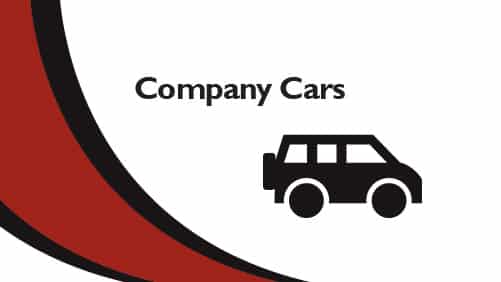
Company Cars
Employers can provide employees with a company car for personal use as a fringe benefit.
Or, they can offer a car lease agreement at a reduced cost.
Some key rules and limits apply to this fringe benefit.
- Fringe Benefits Tax (FBT): The provision of a car or car lease can attract a Fringe Benefits Tax. Depending on the circumstances, the taxable value is calculated using either the statutory formula method or the operating cost method.
- Private use: If the vehicle is available for private use by the employee (even if not actually used), it is considered a fringe benefit.
- Record keeping: If the operating cost method is used to calculate FBT, employers must keep detailed records of the car’s use through logbooks, GPS tracking, or fuel receipts.
- Exemptions: Certain exemptions or reductions can apply, such as when the vehicle is used primarily for business purposes or is a commercial vehicle.
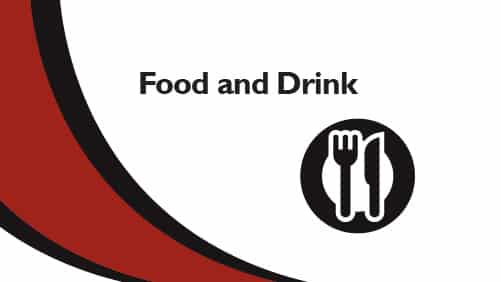
Food and Drink
Food and drink benefits often include employers providing meals (like lunch or dinner) or refreshments (like coffee or snacks) to employees for free or at a subsidised cost.
These food and drink provisions could be provided in the workplace, business meetings, or social events.
Food and drink benefits rules and limits include
- Fringe Benefits Tax (FBT): Food and drink provided to an employee can attract Fringe Benefits Tax, depending on the context and value.
- Minor benefits exemption: If the benefit provided is less than $300 in value and is infrequent and irregular, it may be exempt from FBT under the minor benefits exemption.
- Property exemption: If food and drink are provided on a working day on the business premises, it may be exempt from FBT.
- Record keeping: Employers must keep detailed records of the food and drink benefits provided.

Goods
Goods as a fringe benefit typically involve an employer providing items of value (electronics, furniture, or products produced by the company) to employees either free of charge or at a discounted rate.
Fundamental rules and limits include
- Exempt property benefits: If the goods provided are primarily for use in the employee’s employment and wouldn’t be deductible if the employee had to buy them, they may be exempt from FBT.
- Employee contribution: If the employee contributes towards the cost of the good, this can reduce the taxable value of the benefit.
- In-house fringe benefits: If the goods are manufactured or produced by the employer and provided to the employee, special rules may apply, including certain reductions in taxable value.
- Discounts: If the goods are offered to an employee at a reduced price, the discount may be subject to FBT.
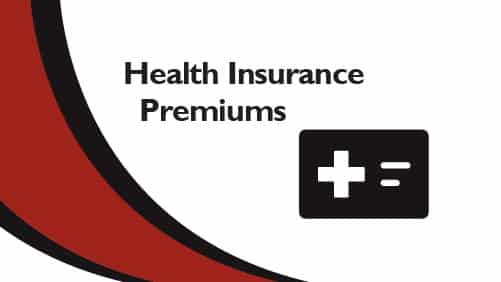
Health Insurance Premiums
Health insurance premiums as a fringe benefit involve an employer paying for or subsidising an employee’s health insurance coverage.
This benefit substantially enhances an employee’s healthcare options while reducing the cost of medical care.
What should employers and employees know about this fringe benefit?
- Fringe Benefits Tax (FBT): The payment or subsidisation of health insurance premiums for an employee could attract a Fringe Benefits Tax based on the premium’s value.
- Group policies: If an employer arranges a group policy for multiple employees, the insurance could be considered a fringe benefit for each covered employee.
- Employee contribution: If the employee contributes towards the cost of the premium, this can reduce the taxable value of the benefit.
- Gross-up rates: The value of the fringe benefit is ‘grossed-up’ to reflect the gross salary that would have been necessary to purchase the benefit from post-tax income.

Home Mortgage Payments
An employer can make payments towards an employee’s home mortgage.
This mortgage fringe benefit is particularly appealing as it helps alleviate an employee’s financial burden while providing housing security.
Again, there are rules and limits for employers and employees to consider.
- Fringe Benefits Tax (FBT): Payments towards an employee’s mortgage may attract Fringe Benefits Tax. The taxable value is usually the difference between the actual interest incurred and the interest that would have been payable at the statutory rate.
- Employee contribution: If the employee contributes to the mortgage repayments, this can reduce the taxable value of the benefit.
- Record keeping: Employers must keep detailed records of the home mortgage benefits provided to employees.
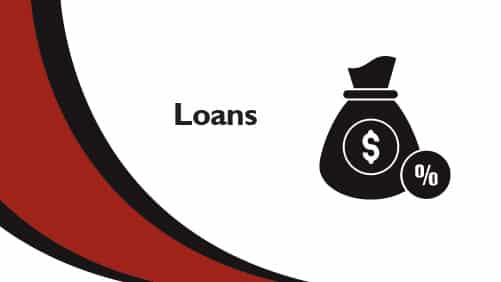
Loans
An employer can offer an employee a loan at a discounted or zero-interest rate as a benefit.
Loan fringe benefits assist employees to make substantial purchases or meet their financial obligations.
With this benefit, keep in mind the following considerations:
- Fringe Benefits Tax (FBT): If the employer provides a loan to the employee with zero interest or at an interest rate less than the statutory rate, it may be deemed a loan fringe benefit and attract FBT. The taxable value is generally the difference between the actual interest charged and the interest that would have been payable at the statutory rate.
- Exemptions: Certain exemptions may apply. For example, if the loan is needed to cover the costs for the employee to relocate for work, the benefit may be exempt from FBT.
- Loan forgiveness: If the employer forgives a loan, the amount forgiven could be considered a separate fringe benefit and attract FBT.
- Employee contribution: If the employee makes repayments on the loan, this can reduce the taxable value of the benefit.
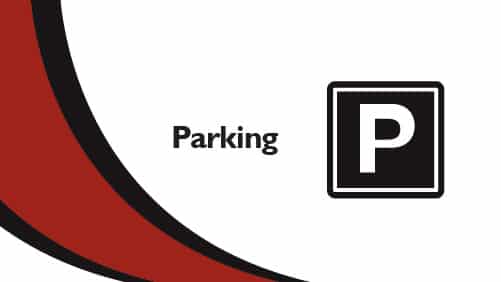
Parking
If an employer provides an employee with parking facilities at or near the workplace, this is called a parking fringe benefit.
This benefit is especially valuable in urban areas where parking can be expensive or hard to find.
When providing parking benefits to employees, employers need to know the following:
- Fringe Benefits Tax (FBT): If an employer provides parking to an employee within one kilometre of their workplace for more than four hours between 7 am and 7 pm, it might be considered a parking fringe benefit and attract FBT.
- Commercial parking stations: If the parking is provided in an area where commercial parking is available, and the lowest fee charged exceeds a certain amount (ending 31 March 2024, this is $10.40), the benefit may be liable for FBT.
- Exemptions: Certain exemptions, such as for small businesses with gross total incomes of less than $50 million.
- Record keeping: Employers must keep detailed records of the parking benefits provided to employees.
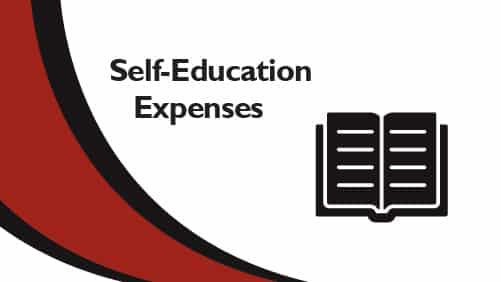
Self-Education Expenses
Self-education expenses as a fringe benefit involve an employer paying for or subsidising an employee’s education or professional development.
Such expenses could include course fees, textbooks, or conference costs to further an employee’s skills and broaden their career prospects.
Key rules and limits on these benefits include
- Work-related education: If the self-education directly relates to the employee’s current employment, some expenses may be exempt from FBT.
- Loan to pay expenses: If an employer provides a loan at a low or zero interest rate to pay for education expenses, it may be considered a loan fringe benefit, which could attract FBT.
- Exemptions for work-related courses: Work-related education expenses may be exempt from FBT if they are for courses sufficiently connected to the employee’s current job, either maintaining or improving their necessary skills or if they lead to a formal qualification that will increase the employee’s income potential.
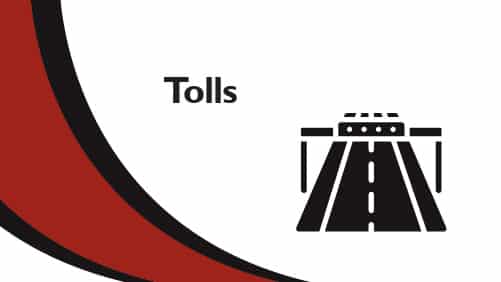
Tolls
A toll fringe benefit means an employer covers the cost of road tolls for an employee.
Toll prices are consistently increasing, so this benefit is a fantastic incentive for employees who frequently travel for work.
Toll benefit rules and limits include
- Travel between home and work: Generally, tolls paid for travel between home and work are considered private and therefore attract FBT unless specific exemptions apply.
- Business travel: These costs might be exempt from FBT if the tolls are paid as part of a business journey (for example, travel between work sites).
- Minor benefits exemption: If the cost of the tolls is less than $300 and provided infrequently and irregularly, the benefit may be exempt from FBT.
- Car fringe benefits: If the employer provides a car fringe benefit, tolls paid by the employer are usually included in determining the taxable value of the car fringe benefit rather than being considered separately.

Need Help Understanding Fringe Benefits?
From improving employee well-being and financial security to fostering a positive work culture and employee loyalty, fringe benefits are a game-changer for employers and employees.
As an employer, it’s crucial to understand how to apply the above examples of fringe benefits and their rules, limits, and tax implications in Australia.
An experienced accounting firm can help.
At Pherrus, we will advise how best to structure these benefits for you and your employees, ensuring they comply with all applicable laws.
We’ll also assist you with setting up the necessary record-keeping systems to calculate the FBT you owe.
Take the hassle out of fringe benefits complexities by speaking with our expert team today.
Fill in our online form or call +61 (02) 9099 9109 to book an appointment at our Bella Vista office in Sydney, NSW.



